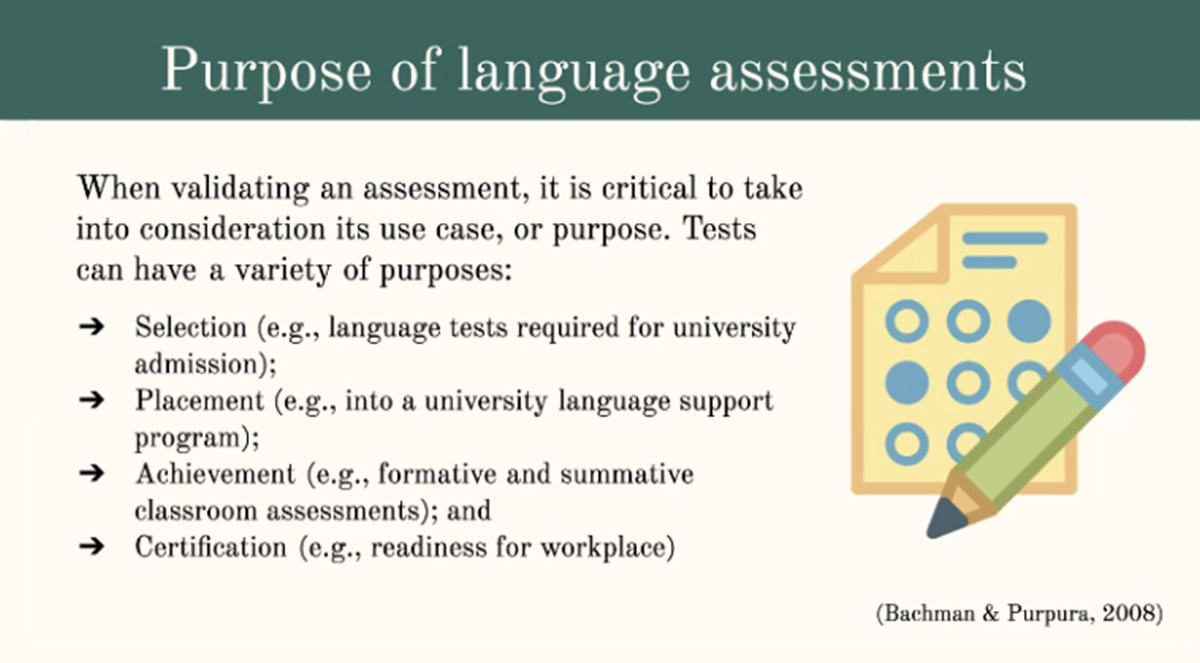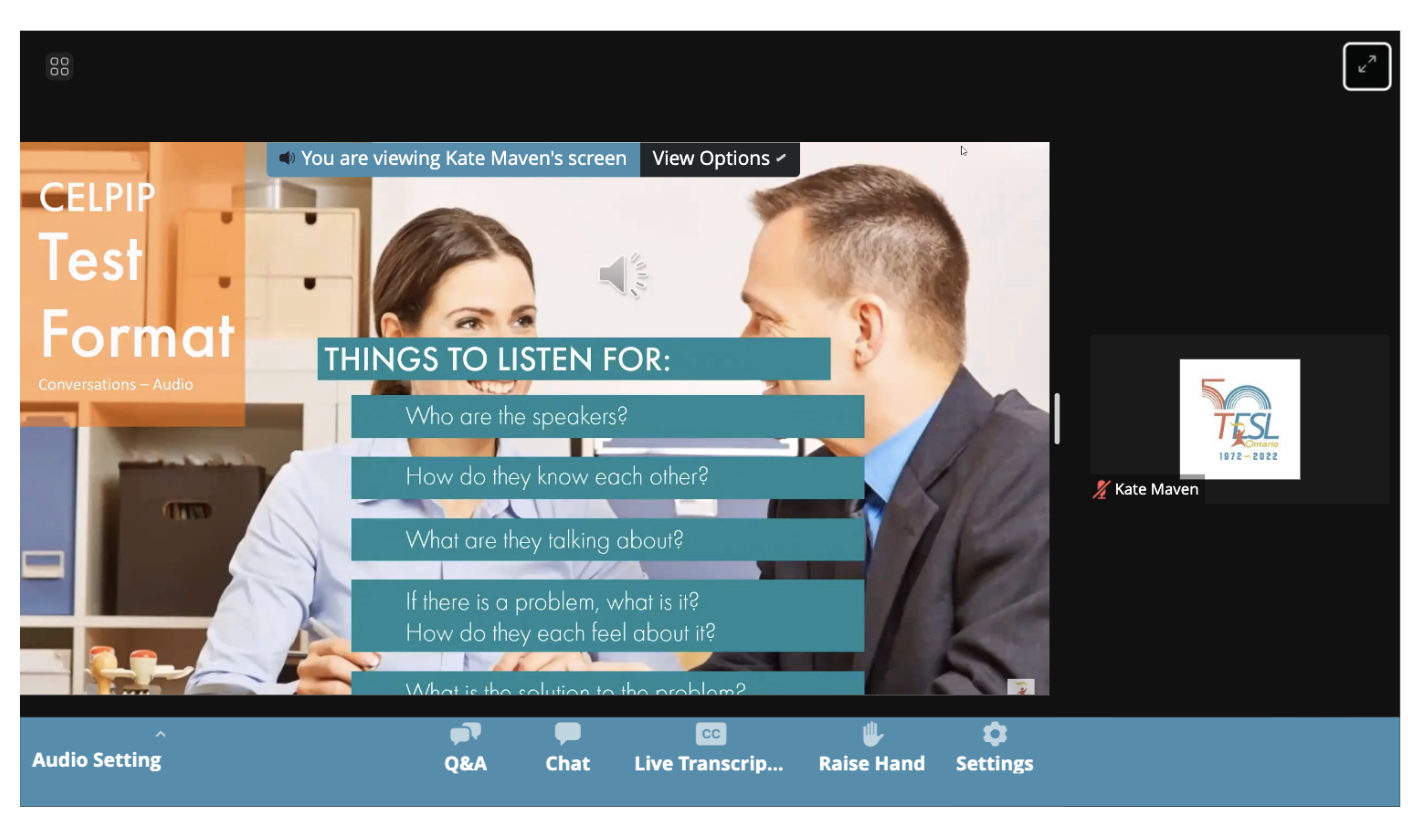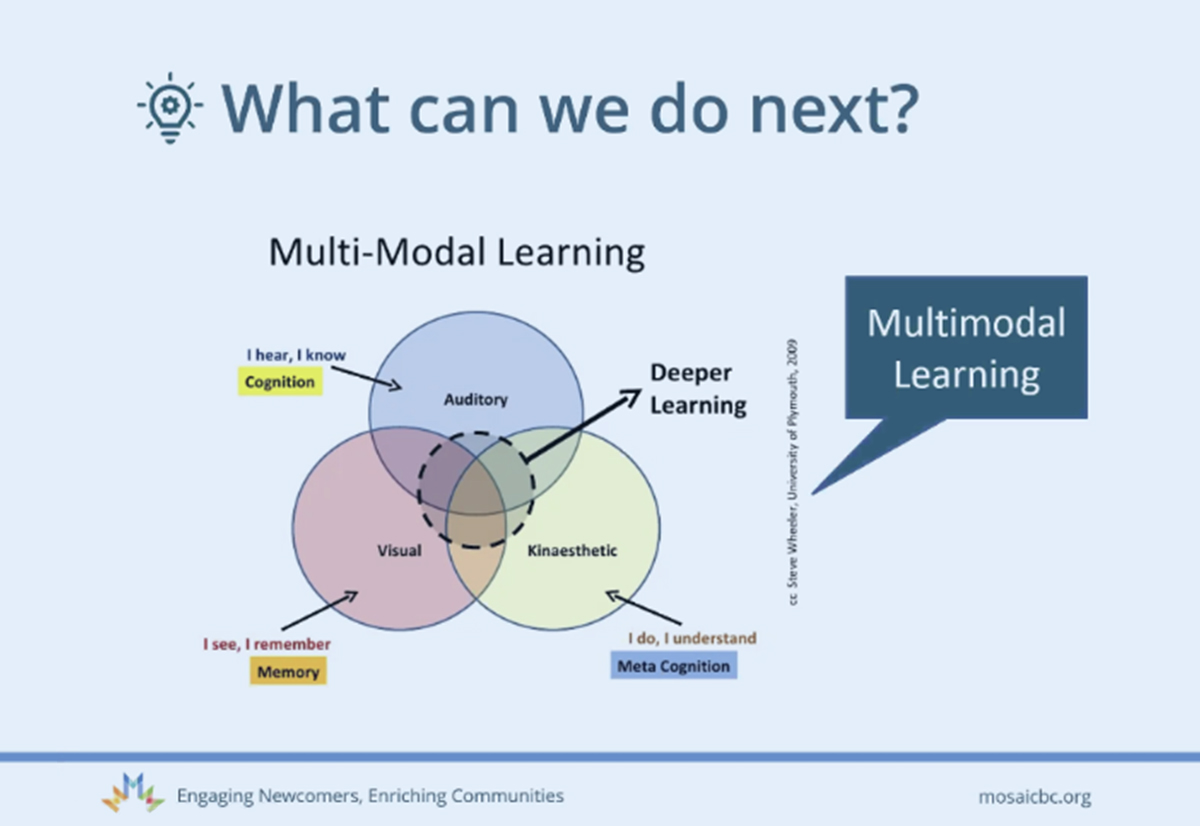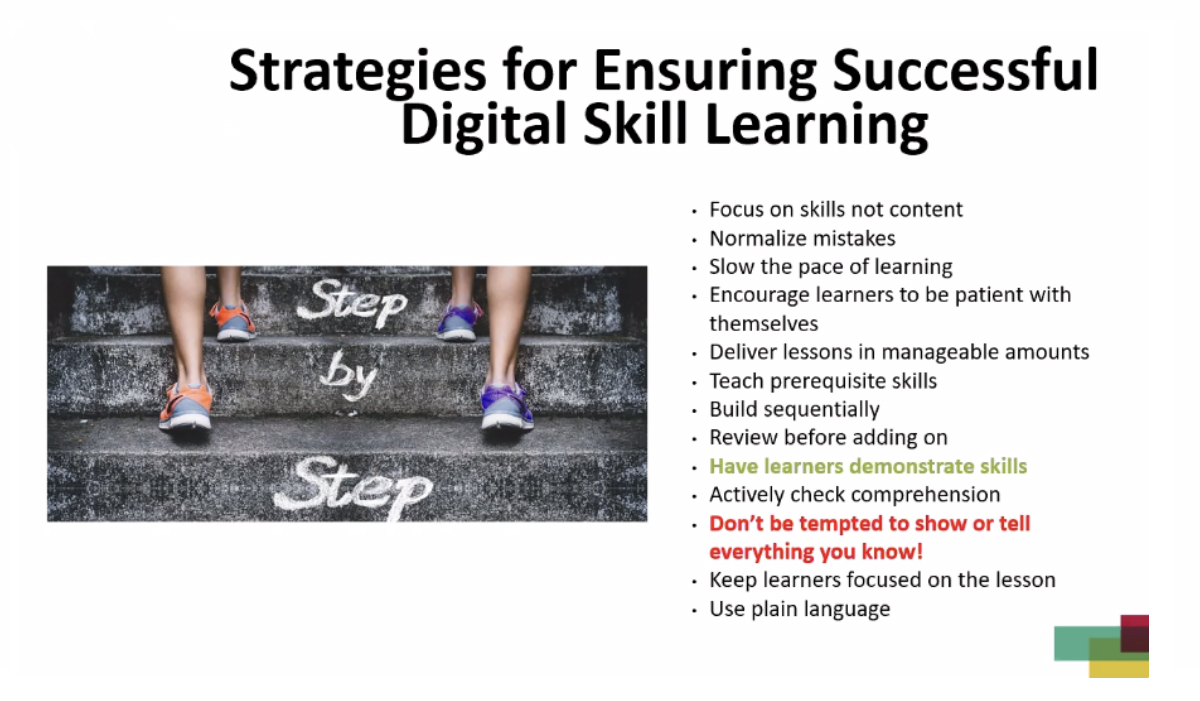We were thrilled to sponsor, attend, and present at TESL Ontario's 50th annual conference this fall! Like every year, there were a ton of takeaways at this landmark event.
Here are 10 tips Ellii's Publishing team collected and wanted to share with our ELT community.
1. Set multi-year goals
In his keynote, Make the Impossible Possible: Lessons from an Improbable Olympic Journey, Canadian rower Jeremiah Brown captivated the audience with his story-telling.
He also shared practical tips about goal-setting that can be modeled or passed on to students.
Jeremiah recommended elongating our goals. Ask the question: Where do you want to be in 4 years? The Olympian recommended setting a multi-year overarching goal first and then breaking it down into milestones.
Jeremiah believes that daily execution is needed to see real progress, even if you can't see results for a few months. He also reminded goal-setters to always be flexible and to continue making adjustments.

Canadian rower and Olympic silver medalist Jeremiah Brown at TESL Ontario 2022.
2. Identify the use case or purpose when validating an assessment
Throughout the conference, we learned lots of great tips about assessments that we can apply at Ellii.
We thought this practical assessment tip (heard in a session titled: A Classroom-Based Validation Study of an English Listening Test) was worth repeating for teachers who create and administer assessments. As Jeanne Sinclair pointed out, teachers should always be able to answer whether an assessment is meant for admission, placement, achievement, or certification.

Language assessments presentation slide from Jeanne Sinclair and Karam Noel's TESL Ontario 2022 session: A Classroom-Based Validation Study of an English Listening Test.
3. Pause for twice as long as it takes to say a word in a Listen & Repeat task
This simple but helpful tip, heard at a MOSAIC session titled, Instructional Design to Engage the Literacy Learner, is useful for publishers like Ellii as well as teachers who regularly model the pronunciation of sounds, words, and expressions and ask students to listen and repeat.
4. Practice answering the 5 Wh- questions when listening to dialogues
At an excellent session about CELPIP, Canada's general English test for citizenship, Brandi Robb encouraged teachers to get their students used to answering the 5 Wh-questions about any conversation they hear. They should also practice listening to dialogues with two or three people to better prepare for listening tests like CELPIP.
Beyond the test, this will help learners comprehend and engage in real-world encounters.

Brandi Robb describes how to prepare students for the listening portion of a CELPIP exam.
5. Create needs assessments that specify real-life situations
This important reminder was repeated at a few different sessions. Instead of focusing on just the theme of health or even going to the doctor, a needs assessment worksheet should specify the real-world tasks (describing an illness or injury) that students come across in real-life situations.
At their ISSofBC session, Sandra Carignan and Claire Pinkett gave attendees a chance to workshop improvements to a needs assessment resource.

ISSofBC's Needs Assessment Workshop at TESL Ontario 2022.
6. Include students when testing the validity of learning content
At MOSAIC BC's session on Core Principles for Coherent Online Curriculum, Dr. Noureddine Elouazizi, who conducted an evaluation of MOSAIC's curriculum, pointed out the importance of doing student surveys and not just relying on teachers, administrators, or AI to validate a program's coherence.
7. Utilize multi-modal tasks for deeper learning
Later in MOSAIC BC's session, Matthew Levan and Astrid van der Pol suggested that one simple way to improve a curriculum is to bring in more video content. This was just one of their tips about making system-wide improvements.
They highlighted the fact that LINC teachers trained in Portfolio-Based Language Assessment (PBLA) are used to systems and system-thinking—checking in and reflecting on what works and doesn't work. They also recommended this TED Talk on Productive Failure.

Multi-Modal Learning presentation slide from MOSAIC BC at TESL Ontario 2022.
8. Select one linguistical error at a time when giving interactional (person-to-person) feedback
At the Research Symposium: 50 Years of Reflexivity in TESL, Hossein Nassaji, Nina Spada, and Ron Thomson shared important research about feedback, including being selective about when and what you correct. On this note, the Ellii team also received lots of requests for an audio feedback tool!
9. Reduce student anxiety with clarity about the format of a test or task
As emphasized in Ken Beatty's session My Robot Teacher? Digital Futures for Language Learning, students perform better when there is clarity on how to do tasks, what the expectations are, and how much tasks are worth.
Students often admit to being more anxious about the format and expectations of an assessment than about the content itself.
10. Don't be tempted to show or tell everything you know
This advice, which we noted while attending Lisa Hererra's session on digital learning, is useful for teachers, students, and even bloggers!
We took pages of notes and learned so much at the TESL Ontario Conference. That said, we've found that working with a small list of actionables based on some of our top takeaways is the best way to get the most out of our professional development.
As Jeremiah reminded us in his keynote, resilience can be defined as "taking the smallest step forward when things feel hard."

Lisa Herrera's TESL Ontario 2022 session: How to Teach Digital Skills to Newcomers.
Did you attend TESL Ontario 2022?
Please leave us a comment and share the best tip you learned at the conference. What's one actionable step you plan on taking to improve your teaching or program?

